A look at the evolving landscape of HPV-associated cancers in Ireland – successes and further opportunities
Human papilloma virus (HPV) is a very common sexually transmitted infection that up to 90 per cent of sexually active women and men will encounter at some point in their lives. HPV is believed to cause about 5 per cent of all cancers worldwide.1 The most common HPV-associated cancer is cervical cancer; however, HPV is also known to cause cancers of the vulva, vagina, penis, anus, oral cavity, and oropharynx, thus affecting both men and women.
There are over 200 different subtypes of HPV and of these, 13 HPV subtypes are considered high-risk for developing cancer. The most common high-risk subtypes are HPV 16 and 18.1
In Ireland, the most recent statistics from the National Cancer Registry Ireland (NCRI) estimate that an average of 641 cases of HPV-associated cancers were diagnosed per year in the period 2017-2021.2 Most of these cases, 65 per cent, were in females while 35 per cent were in males. Cervical cancer was the most frequently diagnosed of all the HPV-associated cancers (41 per cent), followed by oropharyngeal squamous cell carcinomas (SCC) (31 per cent), anorectal SCC (10 per cent), vulval SCC (8.5 per cent), and penile SCC cancers (7 per cent).2 Notably, there have been significant changes in the incidence trends of HPV-associated cancers over time, with substantial differences between cancer types. The incidence of cervical cancer has decreased significantly, by 3.3 per cent per year between 2010 and 2021, since the widespread implementation of population-based screening in 2010.3 On the other hand, there has been an increasing incidence in oropharyngeal and anorectal cancers among both men and women.2
It is evident that there is a changing landscape of HPV-associated cancers in Ireland, and while there has been great progress in relation to cervical cancer prevention, the situation for other HPV-associated cancers is perhaps not so apparent.
The changing landscape of HPV cancer prevention in Ireland
HPV-associated cancers are preventable. Through vaccination, screening, and education we have the power to protect future generations from HPV associated cancers. Ireland is in the enviable position of having access to excellent vaccination and screening tools.
HPV vaccination was first introduced in Ireland as a school-based programme for girls in first year of secondary school from 2010. In 2019, HPV vaccination was extended to boys, and the vaccine offered was changed to one that offers greater protection against a higher number of HPV types.3 More recently, in 2023, the HPV vaccination schedule moved to a single-dose programme based on updated guidance and evidence.4
For HPV vaccination to be effective, uptake of the vaccine must be over 80 per cent among those eligible. In Ireland, following roll-out of the school-based HPV vaccination programme in 2010, uptake of the completed course exceeded the target of 80 per cent increasing to 86.9 per cent in 2014/15.5 However, following a turbulent 12-18 months in 2015 of online misinformation among anti-vaccine groups, spreading misinformation about the safety of the vaccine, uptake was severely impacted, leading to vaccination rates dropping to just 58.8 per cent in 2016-2017.5 Through concerted national effort,6 this trend was thankfully reversed, with national uptake rates currently reported at 78.4 per cent – comprising 80 per cent uptake among girls and 76.6 per cent uptake among boys – though still below where it needs to be in order to be effective at a population level.5
There is some evidence to suggest that a substantial proportion of people in Ireland are still not aware that HPV causes cancers.7 Education is needed to increase awareness of the role of HPV in those other cancers that can affect men also.
Impact of HPV vaccination
The positive impact of HPV vaccination on cervical cancer incidence is undisputable. A large-scale study in Scotland found that, compared with unvaccinated women born in 1988, vaccinated women born in 1995 and 1996 had an almost 90 per cent reduction in the highest-risk cervical pre-cancers (CIN grade 3 or worse).8 The incidence of genital warts has also been significantly reduced by HPV vaccination. In Ireland, some early data is emerging on the positive impact of HPV vaccination in reducing the number of women presenting with abnormal cervical screening tests.9
There is less evidence globally on its impact in those other HPV-associated cancers, largely because the full effect HPV vaccination has on cancer rates will not be seen for some years until the largely vaccinated generation is older.
Elimination of HPV-associated cancers
In 2020, the World Health Organisation (WHO) launched the global strategy to accelerate the elimination of cervical cancer as a public health problem.10 This goal will be reached by achieving fewer than four new cases of cervical cancer per 100,000 women in every country. To achieve this milestone, three targets have been clearly identified to accelerate elimination:
- 90 per cent of girls to be fully vaccinated with the HPV vaccine by age 15;
- 70 per cent of women to be screened by age 35 and again by age 45 using a high-performance test (equivalent to or better than an HPV test);
- 90 per cent of women identified with cervical disease (pre-cancerous lesions or invasive cancer) to receive treatment.
In Ireland, the HSE recently published a roadmap and action plan to align with the WHO targets setting 2040 as a target date for Ireland to achieve cervical cancer elimination.11 Of note, the switch to HPV-based screening in Ireland in 2020 brought forward the elimination date by three years.
As we move towards this ambitious goal of cervical cancer elimination, there is a golden opportunity to eliminate those other HPV-associated cancers such as oropharyngeal, anal, vulval, vaginal, and penile cancers. There is no screening currently in Ireland for these other HPV-associated cancers, thus our best defence here is HPV vaccination. The national HPV vaccination programme is expected to prevent HPV infection and reduce the incidence of all HPV-associated cancers in the longer term. There is no room for complacency here: We should not miss the opportunity to eliminate all HPV-associated cancers.
What do we need to do?
We are very fortunate in Ireland to have access to excellent HPV vaccination and cervical screening. We need to build on this and not let the opportunity go to strive for elimination of all HPV-associated cancers. We need to continue to advocate for HPV vaccination, to improve vaccine uptake. We need to use our voices to continue to enhance awareness of HPV and its associated cancers. We need to promote screening and early detection/treatment. We need to advocate for screening among those other high-risk groups at risk of HPV cancers, such as men who have sex with men, at risk of anal cancer. Urgently, we need to establish surveillance for HPV prevalence, and HPV genotype distribution in HPV-associated pre-cancers and cancers in Ireland to fully understand the impact of HPV vaccination and monitor trends over time.
References
1. de Martel C, Plummer M, Vignat J, Franceschi S. Worldwide burden of cancer attributable to HPV by site, country and
HPV type. Int J Cancer. 2017 Aug 15;141(4):664-70
2. National Cancer Registry Ireland. Cancer Trends No 40. HPV-associated cancers 2024. Available at: www.ncri.ie/sites/ncri/files/pubs/NCRI_HPVRelatedCancers_2024_0.pdf
3. HSE. HPV vaccination programme in schools. Available at: www.hse.ie/eng/health/immunisation/pubinfo/schoolprog/hpv/hpv-vaccination-programme/
4. National Immunisation Advisory Committee (NIAC)). Chapter 10 – Human Papillomavirus – updated 6 June 2023. In: Immunisation guidelines for Ireland. Available at: www.rcpi.ie/Healthcare-Leadership/NIAC/Immunisaton-Guidelines-for-Ireland
5. HPSC. HPV/Tdap/MenC/MenACWY uptake statistics data 2022/2023. 2024 Feb 26. Available at: www.hpsc.ie/a-z/vaccinepreventable/vaccination/immunisationuptakestatistics/hpvtdapmencmenacwyuptakestatistics/#
6. Corcoran B, Clarke A, Barrett T. Rapid response to HPV vaccination crisis in Ireland. Lancet. 2018 May 26;391(10135):2103
7. MSD. HPV Aware. Available at: https://hpvaware.ie/
8. Palmer T, Wallace L, Pollock KG, et al. Prevalence of cervical disease at age 20 after immunisation with bivalent HPV vaccine at age 12-13 in Scotland: Retrospective population study. BMJ. 2019 Apr 3;365:1161
9. Rourke M, Fitzpatrick P, Popoola O, et al. The effect of HPV vaccination on the rate of high-grade cytology in 25-year-old women attending cervical screening in Ireland. Ir J Med Sci. 2024 Apr;193(2):665-668
10. World Health Organisation. Cervical cancer elimination initiative. Available at: www.who.int/initiatives/cervical-cancer-elimination-initiative
11. HSE. Ireland’s Cervical Cancer Elimination Action Plan 2025-2030. Strategic Vision 2025-2040. Available at: https://assets.hse.ie/media/documents/Irelands_Cervical_Cancer_Elimination_Action_Plan_2025-2030.pdf
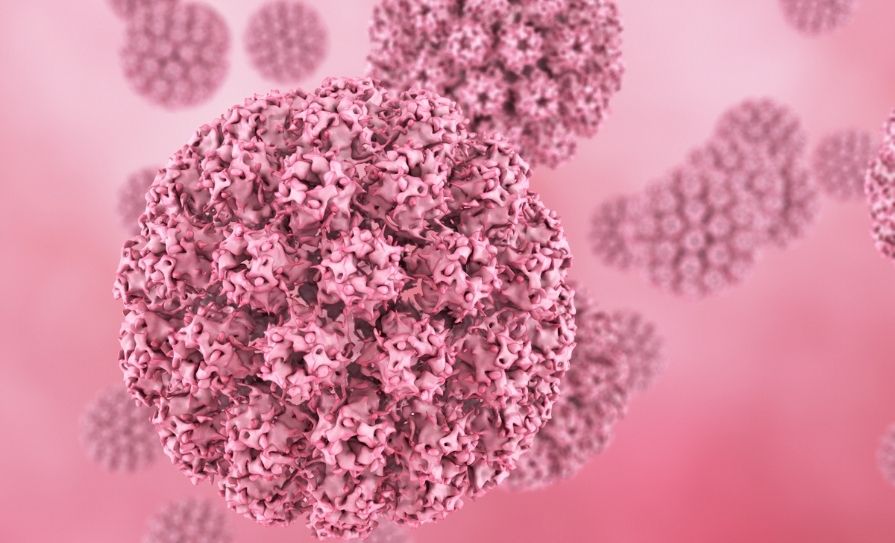

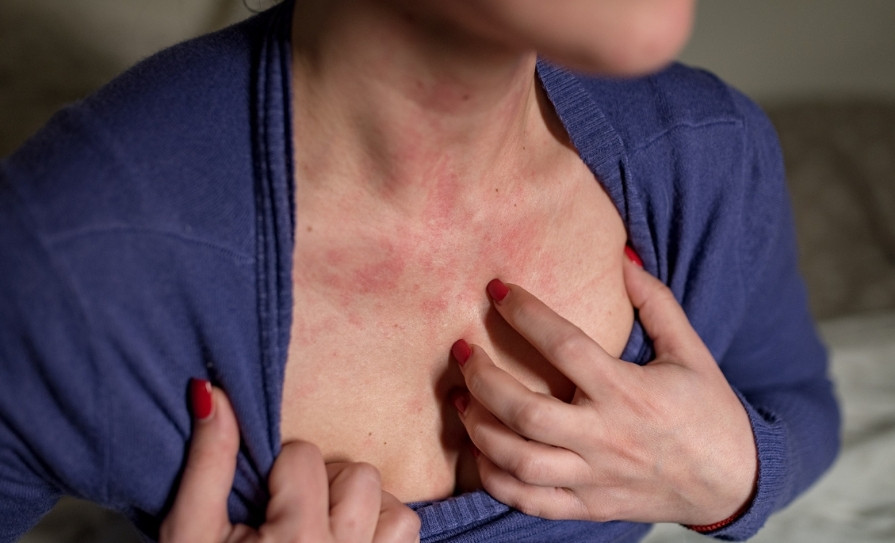
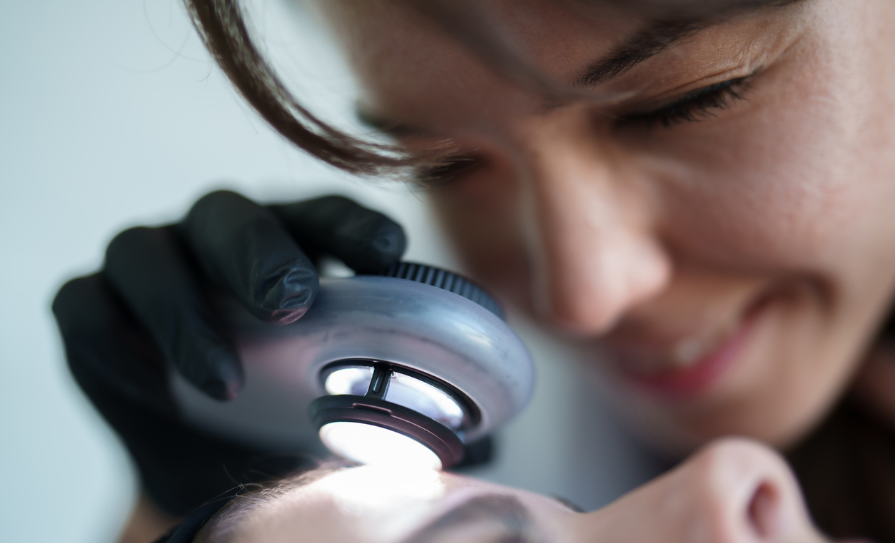
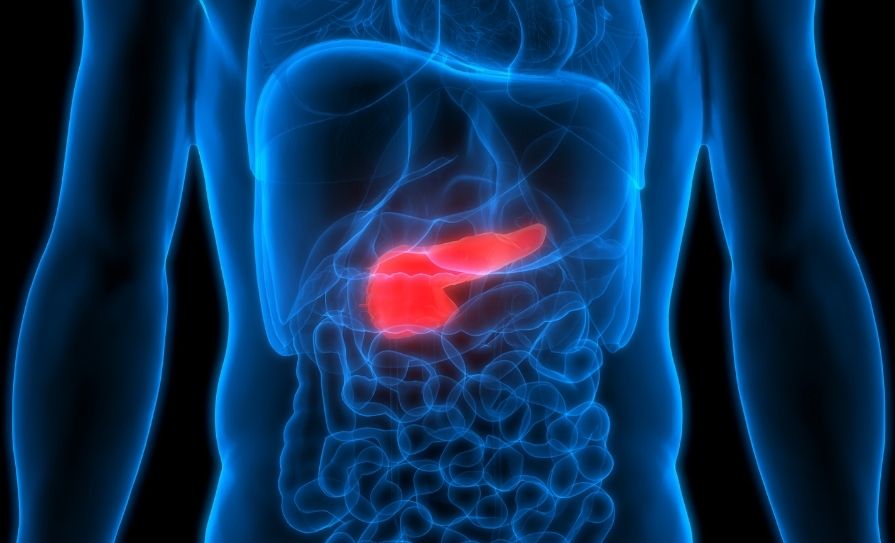
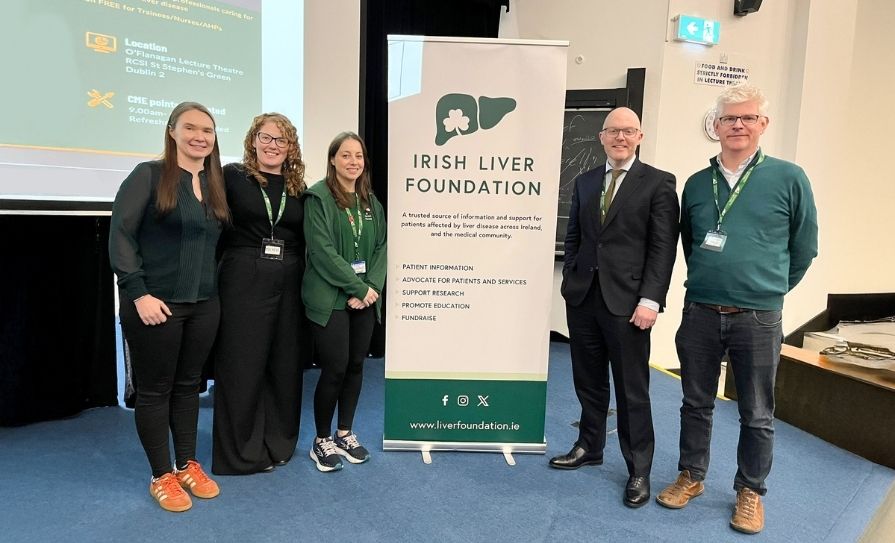







Leave a Reply
You must be logged in to post a comment.